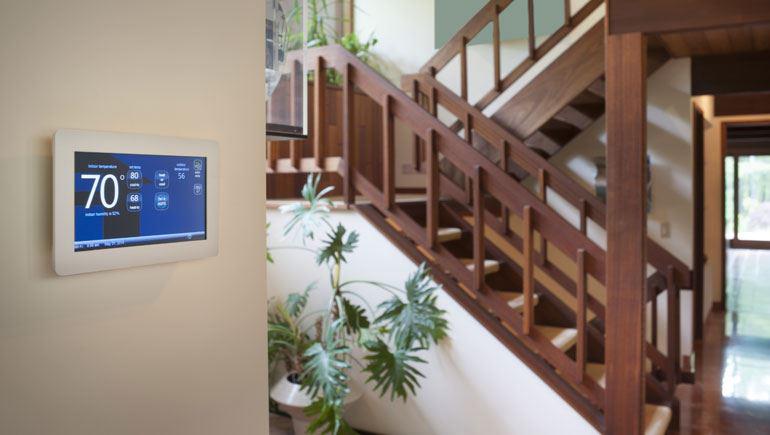HVAC Trends to Look for in 2020
Heating, Ventilation, and Air Conditioning is a dynamic field. Innovations in HVAC technologies drive changes in government regulations, consumer preferences, and best practices.

Fan Efficiency
The US Department of Energy is putting forward regulations regarding fan efficiency ratings (FER) that will become effective July 3, 2019. The legislation moves from permanent split capacitors (PSC) and their 65% efficiency to electrically commutated (EC) motors, which are 80 to 85% effective. According to Jake Schnarre of HVACR motors, this transition could remove one million PSCs in the first year alone.
Rooftop HVAC Efficiency
The required minimum efficiency for these systems was set at 10%, effective January 1, 2018, but that is only the first part of a two-step process. As of January 1, 2023, those systems will need to be at 25% to 30% efficiency. While that measure is still a few years away, the transition is starting now. One of the changes you might see is the addition of variable frequency drives (VFD) where there were none historically. You should also expect more two-speed blower motors with three phases.
Connected Systems
HVAC systems require regular maintenance to perform well and they can benefit from intelligent technologies to run more efficiently. Expect to see more intuitive and automated systems that offer text alerts, mobile access, automated diagnostics, reactive lighting, improved comfort management systems, and more.
Distribution Models
In 2020, the internet will continue to be a factor in the way HVAC companies operate. More and more consumers want the option to shop online, then hire a contractor to install and service the system. To compete well, you are going to need a policy or plan that covers this need. You may also want to include an online shopping portal or a buying guide to your site so that buyers understand how components work together so they can make informed purchasing decisions.
